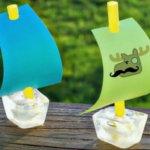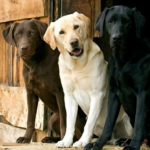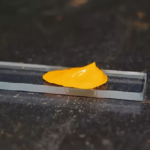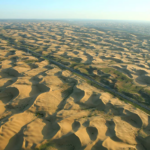Any structure begins with the foundation, and ends with the roof. And each roof has a roofing. Actually this is what the roof ends.
A huge number of various roofing coatings are offered in the building materials market and one of them is slate. Such a type of roof covering for a long time and firmly won his place under the sun or easier to say on the roof.
How to cover the roof of the house? Usually use slate
It is made from the asbestos of the cement mixture by pressing and has a wavy surface, which gives it additional strength.
Such a type of roof covering is produced by the industry of several types, and one of these species is eight wave slate.
The advantage of this type of slate is its dimensions, the size of the 8 wave slate is universal for covering and insulation of roofs of various structures, which undoubtedly affects its popularity.
The beginning of its application dates back to the beginning of the sixties of the last century. At one time, it was one of the most popular and sought -after roofing coatings.
But even now this roofing material does not give up its positions. In addition, after the development of special dyes, it became possible to release a slate of various colors.
Schifer’s pros and cons of
+ Its main advantages are low price, excellent performance and ease of installation of roofing material.
+ In addition, the undoubted advantages of the slate include – water resistance, excellent absorption of external noise, resistance to atmospheric influences.
+ He is not afraid of sharp fluctuations in air temperature. Therefore, such a type of roof covering is suitable for use in all climatic zones.
– The disadvantages of this roofing material include – fragility. Slate weakly tolerates spot loads.
– This roofing material does not exclude the possibility of growth on the roof of mosses and lichens.
If with the fragility of this roofing material it is practically nothing possible, then it is quite possible to fight with the growth of mosses on the roof of mosses and lichens.
This is, first of all, periodic cleaning of the roof and processing with special antiseptics.
Helpful information:
Initially, sheets of eight wave slate were produced by an industry with a thickness of 0.58 cm. But with the development of technology, the production of slate sheets with a thickness of 0.52, 0.5 and 0.48 cm was mastered.
Their main difference is the weight of the sheet. The smaller the thickness, the easier the sheet.
Without a doubt, this environmentally friendly roofing material will be on leading positions in the list of roofing materials for a very long time.





